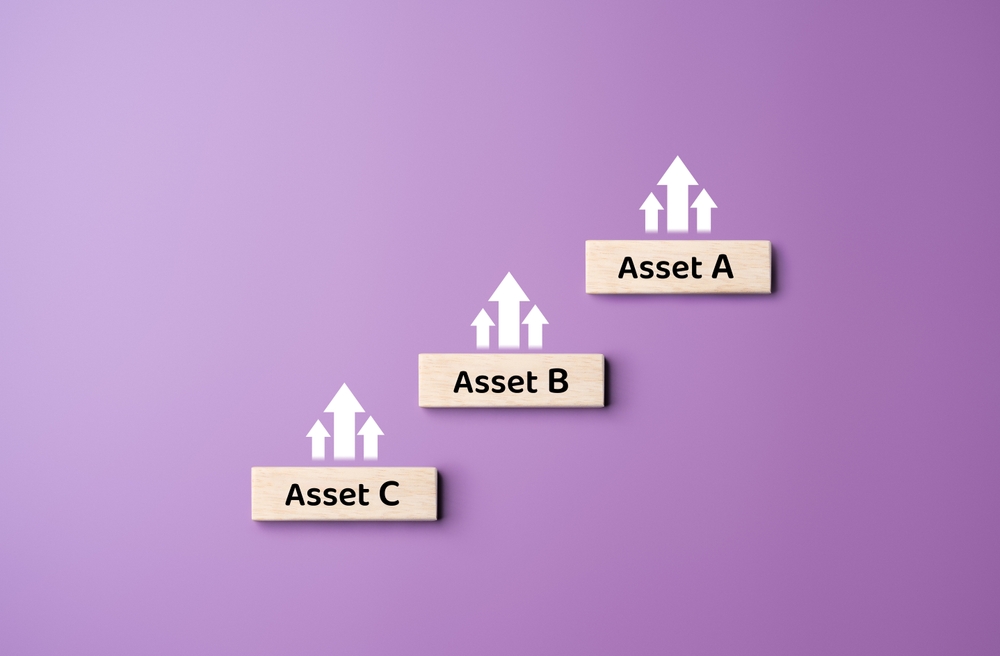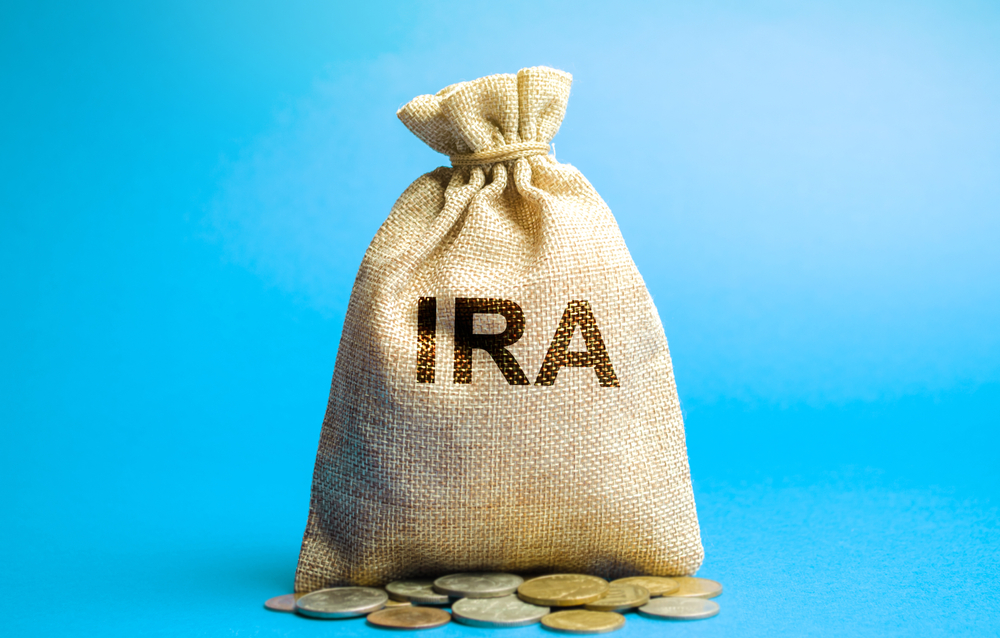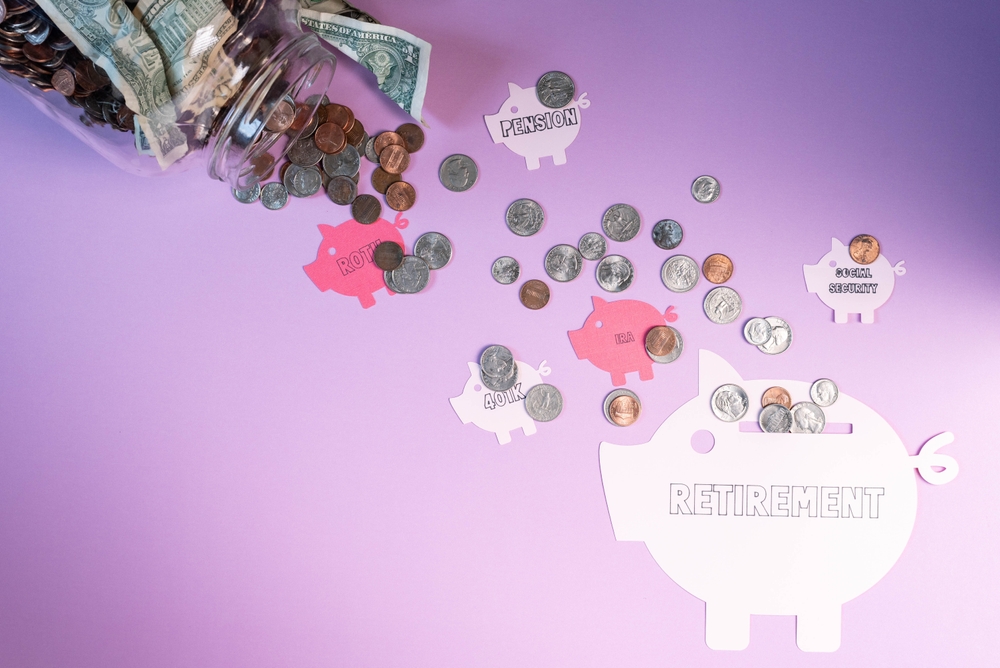As you approach or enter retirement, making the most of your investments becomes even more important. For those over 50, it’s essential to focus on strategies that balance growth and security to ensure a comfortable financial future. Whether you’re looking to safeguard your assets or boost your returns, the right approach can make all the difference in achieving your long-term goals.
Diversify Your Portfolio

Diversification is key to reducing risk and maximizing returns as you approach retirement. By spreading investments across different asset classes—stocks, bonds, real estate, and commodities—you lower the chance of losing money if one area underperforms. This balanced approach helps ensure steady returns and protects your portfolio from market volatility.
Increase Bond Allocations

As you get closer to retirement, shifting more of your portfolio into bonds provides stability. Bonds typically offer lower returns than stocks but come with less risk, especially when you invest in government or highly rated corporate bonds. The consistent income from bond interest can provide a reliable source of funds for living expenses.
Invest in Dividend-Paying Stocks

Dividend-paying stocks are a great way for investors over 50 to generate passive income. Companies that regularly pay dividends often have a stable business model, providing both growth potential and income. This strategy can help supplement retirement income while still allowing for some growth in your portfolio.
Consider Real Estate Investments

Real estate can be a smart addition to your investment strategy. Rental properties provide steady income, and real estate typically appreciates over time. If owning physical property seems daunting, real estate investment trusts (REITs) allow you to invest in real estate markets without directly managing properties.
Use Tax-Advantaged Accounts

Contributing to tax-advantaged accounts like a Roth IRA or 401(k) is essential for maximizing returns. These accounts allow your investments to grow tax-free or tax-deferred, helping you keep more of your earnings. For people over 50, catch-up contributions provide an added opportunity to boost retirement savings.
Reduce High-Fee Investments

High fees can eat away at investment returns over time. Actively managed funds, for example, often have high fees that can erode gains. Switching to low-cost index funds or exchange-traded funds (ETFs) can help maximize your returns, as these investments typically have lower management fees and better long-term performance.
Reassess Your Risk Tolerance

At 50, your risk tolerance may be lower than it was in your younger years. Now is a good time to reassess how much risk you’re comfortable taking. Reducing exposure to high-risk investments, such as speculative stocks, can help protect your savings as retirement nears.
Maximize Catch-Up Contributions

Once you turn 50, you’re eligible to contribute more to retirement accounts like 401(k)s and IRAs. These catch-up contributions can significantly increase your retirement savings, giving your investments more time to grow and compound before you begin withdrawing.
Create a Withdrawal Strategy

Having a clear withdrawal strategy is crucial for retirees. Determine the order in which you’ll tap different accounts—such as taxable accounts, IRAs, or 401(k)s—to minimize tax liabilities and stretch your savings. It’s also helpful to have a strategy for required minimum distributions (RMDs) once you turn 73.
Explore Annuities for Guaranteed Income

Annuities can provide a guaranteed income stream in retirement, offering peace of mind. Fixed annuities are particularly attractive for older investors because they deliver predictable payments, allowing for a stable source of income regardless of market performance.
Balance Growth with Preservation

It’s important to strike a balance between growing your wealth and preserving what you’ve already accumulated. While growth investments like stocks can help maximize returns, incorporating more conservative assets, such as bonds or CDs, can help safeguard your wealth.
Pay Down High-Interest Debt

High-interest debt, such as credit card balances, can severely hinder your financial progress. Paying off this debt before you retire frees up more cash for investments and helps maximize returns by eliminating interest payments that drain your resources.
Invest in Blue-Chip Stocks

Blue-chip stocks are shares in large, well-established companies with a history of solid performance. They tend to be less volatile than smaller companies, making them a safer investment for older individuals looking for stability and reliable returns.
Utilize Dollar-Cost Averaging

Dollar-cost averaging involves consistently investing a fixed amount of money, regardless of market conditions. This method helps reduce the impact of market volatility on your investments, ensuring you don’t invest a large sum when prices are high. Over time, this can improve your overall returns.
Consider Health Savings Accounts (HSAs)

For those over 50, healthcare costs can become a major concern. Contributing to a Health Savings Account (HSA) can help you save for future medical expenses in a tax-advantaged way. HSAs offer triple tax benefits—contributions are tax-deductible, investments grow tax-free, and withdrawals for qualified medical expenses are also tax-free.
Look Into Long-Term Care Insurance

Long-term care can be a significant expense later in life. By investing in long-term care insurance, you can protect your retirement savings from the high costs of extended care, ensuring you won’t have to deplete your investments should you need long-term medical attention.
Consider International Diversification

Adding international investments to your portfolio can improve diversification and potentially boost returns. Emerging markets, in particular, offer high growth potential, though they may come with increased risk. International ETFs or mutual funds provide easy access to these opportunities.
Rebalance Your Portfolio Regularly

Regularly rebalancing your portfolio ensures your asset allocation stays aligned with your goals and risk tolerance. As some investments outperform others, your portfolio can drift away from its target allocation. Rebalancing brings it back in line, which helps maintain a proper balance between growth and preservation.
Plan for Inflation

Inflation can erode the purchasing power of your retirement savings over time. To combat this, consider investments that typically outpace inflation, such as stocks or Treasury Inflation-Protected Securities (TIPS). Ensuring your portfolio is protected from inflation will help maintain your standard of living in retirement.
Optimize Social Security Benefits

Maximizing your Social Security benefits is an essential part of a retirement plan. Delaying benefits until age 70 can significantly increase the monthly payout. If possible, aim to hold off on claiming Social Security until your full retirement age or later to boost your retirement income.
Build an Emergency Fund

Even in retirement, emergencies can arise. Having an emergency fund in a liquid account ensures that you won’t have to sell investments at a loss during market downturns. Typically, you should aim to have three to six months’ worth of living expenses set aside in case of unexpected costs.
Seek Professional Financial Advice

At this stage in life, professional financial advice can help you navigate the complexities of retirement planning. A financial advisor can provide tailored strategies to maximize your returns, minimize taxes, and ensure you’re on track to meet your retirement goals.
Review Estate Planning

Estate planning is a critical step in protecting your assets and ensuring they are distributed according to your wishes. Establishing or updating a will, setting up trusts, and designating beneficiaries can all safeguard your wealth for future generations, maximizing the impact of your investments.
This article originally appeared on UnifyCosmos.
More from UnifyCosmos
21 Toxic Money Habits to Break for Financial Prosperity

Bad money habits can stick with you for years. Often, they start early and are hard to break. These habits can sneakily drain your finances. Read more!
20 Ways to Reduce Stress and Improve Mental Health

Finding effective ways to manage stress and improve mental health is essential for maintaining balance and happiness. Discover simple, practical strategies to help you feel more relaxed and in control. Read more!
20 Hidden Benefits of Facial Massage Techniques

Discover how these simple techniques can transform your skincare routine and enhance your natural beauty. Read more!
Leave a Reply